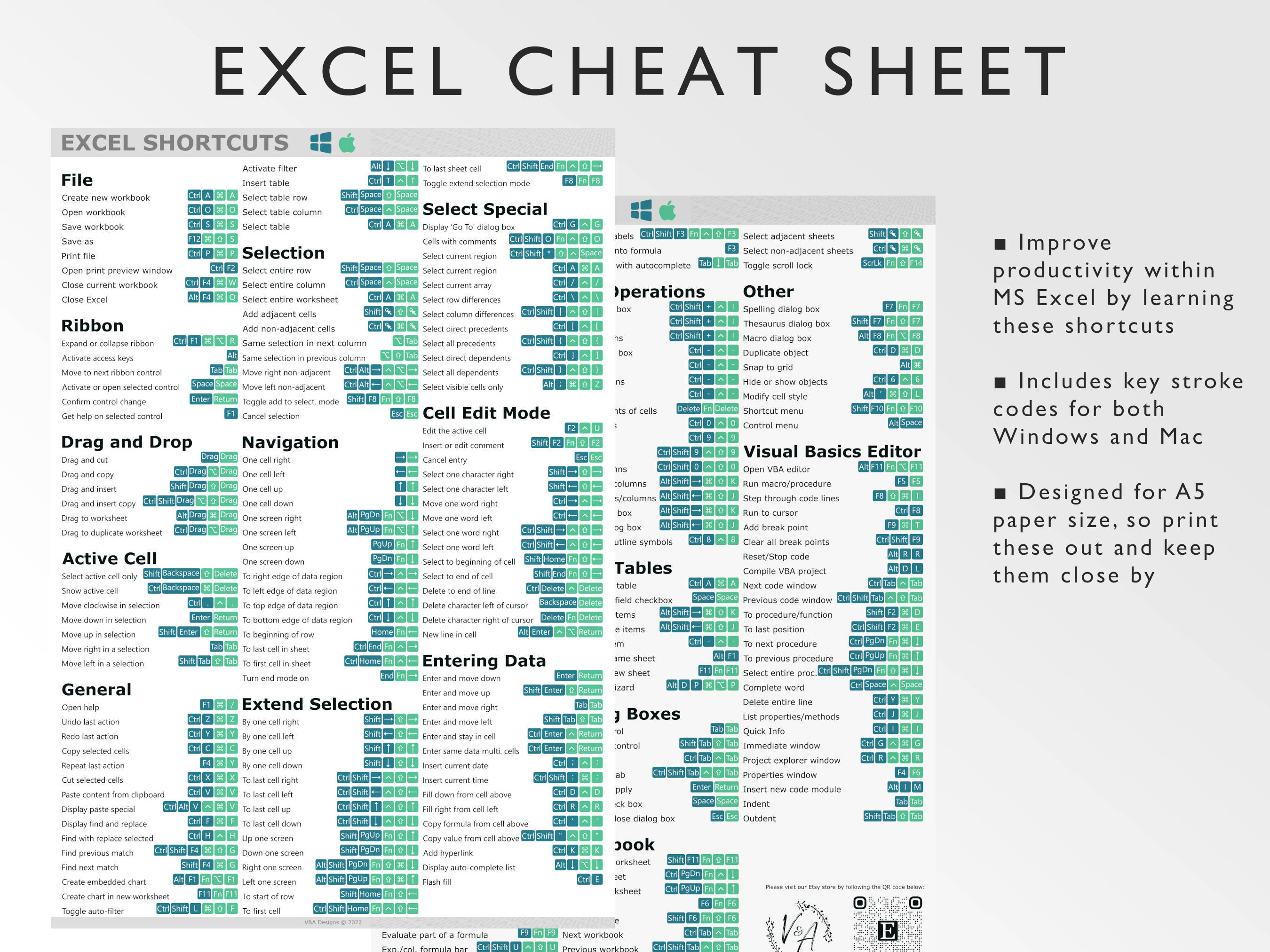5 Ways to Navigate Sheets in Excel on Mac

Managing Excel spreadsheets on a Mac can sometimes feel daunting due to the slight differences in navigation from the Windows version. However, with a little knowledge, you can master navigation within Excel on a Mac to improve your efficiency and productivity. Here are five key techniques to help you navigate Excel sheets effortlessly:
1. Using Keyboard Shortcuts

Keyboard shortcuts are indispensable tools for quick navigation. Mac users have several shortcuts at their disposal to move through Excel with ease:
- Control + Tab - Moves to the next sheet.
- Control + Shift + Tab - Moves to the previous sheet.
- Control + Page Up - Moves one screen up.
- Control + Page Down - Moves one screen down.
These shortcuts streamline your navigation process, reducing the time spent on routine tasks and allowing more time for data analysis.
2. The Ribbon Navigation

Excel's Ribbon interface on Mac is your control center for all functions. Here's how to use it for navigation:
- The 'View' Tab: Switch between sheet views like Page Layout and Page Break Preview.
- The 'Window' Option: Split or freeze panes to keep headers in view while scrolling through large datasets.
Remember, customizing the Ribbon can also make frequently used navigation tools more accessible, saving you time and effort.
3. Navigation Pane

The Navigation Pane in Excel for Mac gives you an overview of all your sheets:
- Activate it by clicking the arrow next to the sheet tabs at the bottom of the workbook.
- You can then select sheets for easy navigation or right-click for more options.
- Using the Alt key, you can quickly select a sheet without clicking.
This feature is particularly useful when you're dealing with workbooks that contain multiple sheets or need to compare data across different tabs.
4. Cell Navigation

Excel's extensive cell navigation features are vital for anyone working with spreadsheets:
- Shift + Arrow Key - Selects a cell range.
- Command + Arrow Key - Jumps to the last filled cell in a column or row.
- Control + G - Opens the 'Go To' dialog box for jumping to specific cells.
- Named Ranges - Define a name for a cell range for easier navigation and reference in formulas.
These techniques not only enhance your navigation but also help in managing and organizing data more efficiently.
5. Custom Views

If you often work with different datasets or frequently switch between multiple views, Custom Views can be a game-changer:
- Create views tailored to specific layouts or data sets using 'View' > 'Custom Views'.
- Switch between views with just a few clicks, maintaining your preferred settings for different tasks or reports.
Custom Views allow you to focus on the data that matters without manually resetting your layout every time.
Understanding these navigation techniques can significantly boost your productivity in Excel on a Mac. While mastering them might require some practice, they can make your day-to-day work much smoother and more enjoyable.
Can I change the order of sheets?

+
Yes, you can change the order of sheets by simply dragging and dropping the sheet tab at the bottom of the Excel window.
How do I jump to a specific sheet if I have many?

+
Hold the Alt key and then click on the arrow next to the sheet tabs to see all sheets listed, then select the one you need.
What if I accidentally delete a sheet?

+
Excel does not have an 'undo delete sheet' command. Always ensure you save your workbook before making significant changes. If you have backups or versions from autosave, you might be able to recover the deleted sheet.
💡 Note: These navigation methods are not exclusive to Mac, but they are optimized for Mac users’ experience in Excel. Many of these tips will also work on other operating systems with slight variations in the keyboard shortcuts.